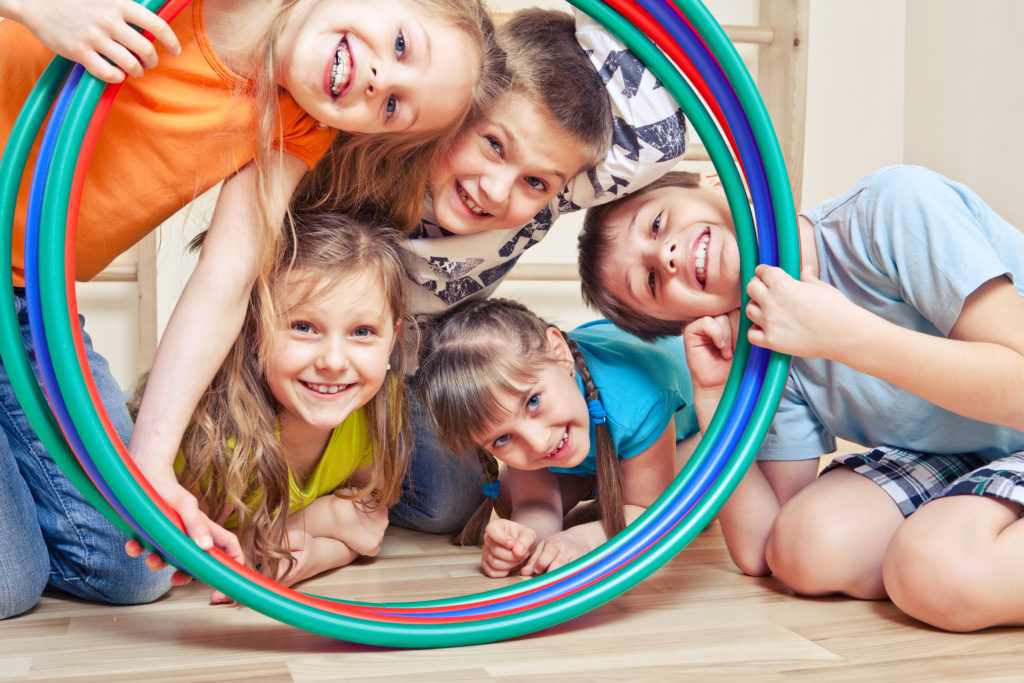
10 Ways Fitness Pros Can Help Kids Build Physical Literacy
Health and fitness professionals are important players in a nationwide movement to promote and support physical literacy, which in turn will help to set the stage for a healthier, more active, more productive generation of children, from elite athletes to recreational enthusiasts.
Join the physical literacy initiative and play a powerful role in helping children become active for life. Here are several ways you can get started:
- Do the research. Learn to understand childhood motor skill development, sports readiness and capabilities for elite training. Figure 1 outlines fundamental movement skills, along with the develop- mental stages when children are ready to begin to practice and hone each skill.
- Get parents involved. Help a child gain skills and fitness via an active-kids program or by working out together with a parent, as an alternative to the parent dropping the child off at the health club childcare center while the parent works out.
- Build packages. Offer family training packages, classes and programs, or provide child-specific training that incorporates physical literacy skill assessment and development.
- Volunteer to coach. Train to do it well. Research shows that good coaches can foster an ability in sports, along with confidence and a desire to be active. A bad coach can destroy a child’s physical literacy. The best coaches are trained in coaching philosophy and how to work with kids; in best practices in the area of physical literacy and sports skills; and in basic safety (Aspen Institute 2015).
- Move beyond the gym. Take physical literacy programming to childcare centers. An example: The Amazing Athletes® (www.amazingathletes.com) program aims to help preschool children “meet, master, and exceed their motor development milestones” through the introduction of sports like basketball, soccer, volleyball, hockey, golf and lacrosse in fun and engaging group settings.
- Lead after-school activity programs. Support the most promising strategy for preventing obesity: participation in high-quality after-school physical activity programs (Kristensen et al. 2014). Many elementary schools contract with providers of after-school activities to offer a variety of enrichment opportunities. The more that children are introduced early to fun and inclusive sports and physical activities, the more likely they will be to develop physical literacy and maintain an active lifestyle for life.
- Offer multisport camps for kids. Provide an alternative to overspecialization. Children who participate in multiple sports (instead of specializing early) report more lifelong enjoyment in sport, less burnout, less social isolation and better performance (Sagas et al. 2013).
- Get inclusive. Meet the needs of children with disabilities, children who have been ostracized from other sports, adolescent girls, children from low-income neighborhoods, and youth at highest risk for physical inactivity. Two great examples of programs for children with special needs are Surfers for Autism (www.surfersforautism.org) and the Bounce Out the Stigma Project (www.bounceoutthestigma.org), which “uses basketball and . . . motor skill development exercises to instill self-confidence, provide unique peer support, and instill a real sense of achievement” in these children.
- Be a PAL. Consider becoming a certified school Physical Activity Leader. PALs undergo a six-step process to gain the credentials and skills to effectively promote physical activity at a school. Here are the six steps: Build support, assess your school, develop your action plan, explore resources, take action and celebrate success. Find more information at .
- Become an activist. Get vocal about advocating physical activity in your community. Challenge the school district to increase hours of physical education and support adequate training and resources to maximize active time at school. For example, back legislation such as the Fitness Integrated with Teaching Kids (FIT Kids) Act, which would support quality physical education in schools, and the Transportation Alternatives Program (TAP), which provides funding for bicycling, walking and Safe Routes to School programs. Join the push against single-sport specialization prior to age 12, and encourage colleagues and peers to do the same.
To read more about the importance of improving the physical literacy of young people, please see “Physical Literacy: Why Our Kids Need It & How They Can Get It” from the September 2015 print issue of IDEA Fitness Journal. If you cannot access the full article and would like to, please contact the IDEA Inspired Service Team at (800) 999-4332, ext. 7.